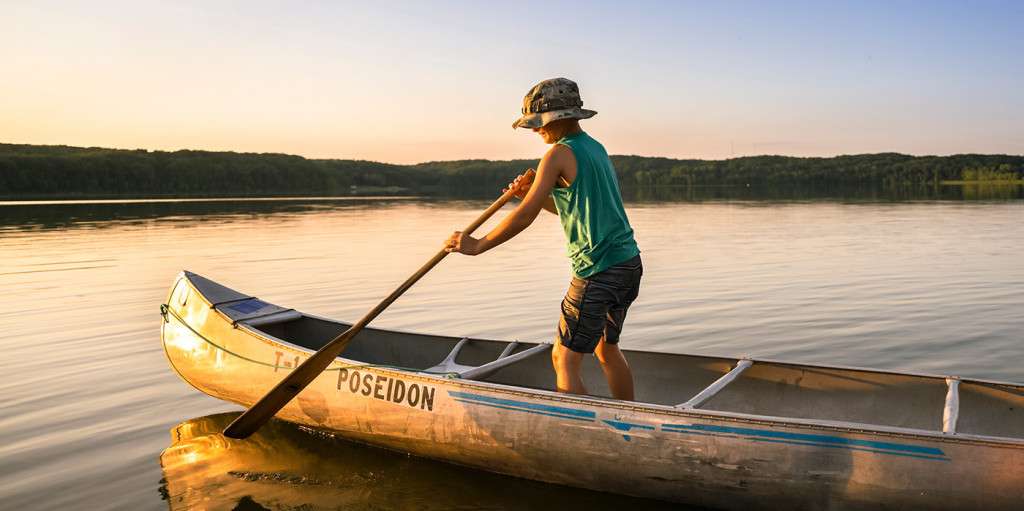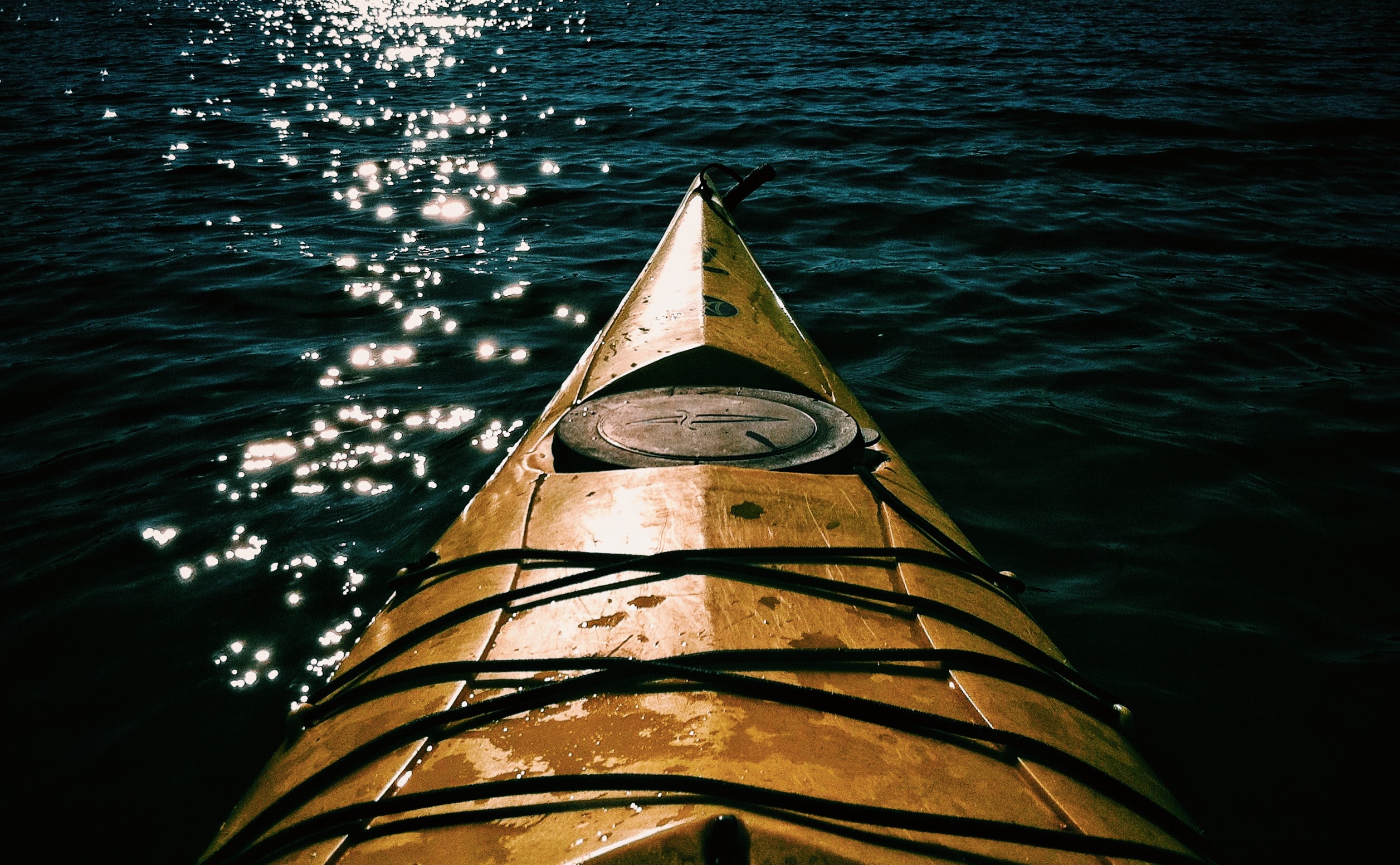I. Introduction to Canoeing Strokes

A. Overview of the Importance of Canoeing Strokes
Canoeing strokes are fundamental techniques that allow paddlers to maneuver and propel the canoe effectively. Mastering different strokes is essential for controlling the direction, speed, and stability of the canoe.
B. Understanding the Role of Strokes in Maneuvering and Propulsion
Canoeing strokes are used to steer the canoe, change direction, maintain a straight course, and provide propulsion. Each stroke has a specific purpose and technique, allowing paddlers to navigate through different water conditions and obstacles.
C. Benefits of Mastering Different Strokes in Canoeing
Mastering different strokes in canoeing provides several benefits. It enhances paddling efficiency, increases maneuverability, improves control, and reduces fatigue. Understanding and using the appropriate strokes for specific situations can make canoeing more enjoyable and safe.
II. Forward Paddling Strokes
A. The Basic Forward Stroke
- Exploring Proper Technique and Body Positioning
The basic forward stroke involves reaching forward with the paddle blade, inserting it fully into the water, and pulling it backward alongside the canoe. Proper technique includes maintaining an upright posture, engaging the core muscles, and using a relaxed grip on the paddle.
- Understanding Efficiency and Power Generation
Efficiency in the forward stroke is achieved through proper body rotation and using the larger muscles of the upper body, such as the back and torso, to generate power. A smooth and fluid motion helps maximize propulsion and minimize energy expenditure.
B. The Sweep Stroke
- Discovering the Sweep Stroke for Turning and Course Correction
The sweep stroke is used for making turns or correcting the canoe‘s direction. It involves creating a wide arc with the paddle blade, starting near the bow or stern and sweeping it out to the side of the canoe.
III. Turning and Steering Strokes
A. The J-Stroke
- Exploring the J-Stroke for Maintaining Straight Paths
The J-stroke is a versatile stroke used to maintain a straight course when paddling on one side of the canoe. It involves a combination of forward stroke and a subtle correction at the end, creating a “J” shape in the water.
- Understanding the Control and Correction of Canoe Direction
The J-stroke provides additional control by counteracting the natural tendency of the canoe to turn toward the side of the paddler. It requires proper timing and a slight twisting motion of the wrist during the correction phase.
IV. Support Strokes
A. The Pry Stroke
- Understanding the Pry Stroke for Lateral Movement and Control
The pry stroke is used for lateral movement or controlling the canoe’s position. It involves pushing the paddle away from the canoe’s side, creating resistance against the water.
- Exploring Techniques for Initiating and Executing the Pry Stroke
The pry stroke is effective for edging the canoe, adjusting the angle of attack to the current, or maintaining a position against wind or current. Proper technique involves using the lower hand to provide leverage and using the upper hand to control the paddle angle.
B. The Rudder Stroke
- Discovering the Rudder Stroke for Enhanced Maneuvering
The rudder stroke is used for quick turns or more precise maneuvering. It involves placing the paddle blade at the stern of the canoe and using it as a pivot point to change the direction.
- Identifying Proper Execution and Precision of the Rudder Stroke
The rudder stroke requires precise timing and control to effectively change the canoe’s direction. Paddlers should engage the upper body and torso muscles to generate power and maintain balance during the turning motion.
V. Advanced Paddling Techniques
A. The C Stroke
- Exploring the C Stroke for Tight Turns and Directional Control
The C stroke is an advanced turning stroke used for executing tight turns. It involves combining elements of the sweep stroke and the draw stroke to create a curved path, resembling the letter “C.”
- Understanding the Combination of Sweep and Draw Strokes in the C Stroke
The C stroke requires coordination and precise paddle placement to execute the curve effectively. It is useful for navigating sharp bends in the river or making precise adjustments to the canoe’s heading.
B. The Sculling Draw
- Discovering the Sculling Draw for Precise Boat Control and Stationary Paddling
The sculling draw is used for precise boat control, maneuvering in tight spaces, or maintaining a stationary position. It involves moving the paddle blade back and forth in an oscillating motion parallel to the side of the canoe.
- Identifying Techniques for Proper Execution and Power Generation
The sculling draw requires finesse and proper paddle placement to generate a continuous flow of water and maintain control. Paddlers should practice the sculling motion and focus on engaging the larger muscles of the upper body for power generation.
Mastering canoeing strokes is essential for efficient and controlled paddling on the water. By understanding and practicing the various forward, turning, steering, support, and advanced strokes, canoeists can enhance their maneuverability, control, and overall paddling experience. Adapting strokes to different water conditions further adds to a paddler’s skill and versatility. With proper technique and practice, canoeists can confidently navigate waterways and enjoy the beauty of canoeing while maximizing efficiency and control.
